Strength. Coordination. Agility. Discipline. Each of these verbs are synonymous with the most masculine of sporting and recreational pursuits. Add team-player, flexibility, kinaesthetic and spatial awareness, and you have the ideal athlete for almost any popular sport.
Dance is all of these things, and more.
Training is certainly arduous and disciplined. The direct focus on muscular skeletal manipulation and control is key. The rigorous attention to detail and constant pursuit of perfection requires great perseverance and endurance.
The main feature of dance is that these skills are predominantly developed in direct relation to music. Moving to music is an activity enjoyed by all ages and all cultures. It brings immediate joy and it is arguably an activity that enriches the soul. Music stimulates spontaneous creative movement, as witnessed on the dance floor of most social gatherings. This natural expression is certainly not bound only to girls – with ‘daggy dad dancing’ providing proof of this.
There is a misconception that dance is ‘just for girls’ which implies that ballet is soft, gentle and weak. However, very few men who lift other full grown people over their heads, every night of the week and twice on Saturdays, could be labelled in such a way.
In educational institutions, the faculty of Dance balances four areas: performance, composition, appreciation and movement for fun. All four of these areas are cohesively bound within ‘The Elements of Dance’.
Dance is everywhere! It is present in the smooth swing of a cricket bowler’s arm arcing through a vertical plane, the swift direct strike and recall of a boxer’s fist against resistance, or the sustained control of a footballer’s instep with the ball at low level responding to direct opposition.
All fit the model and as experienced daily on the courts and fields of The Scots College, boys revel in the quest for sporting excellence and physical pursuit. With such directly reflective qualities it should be no surprise that most boys love to dance.
When framed this way, surely the notion that ‘dance is just for girls’ is proven to be false. Boys are recognised as dancers just as readily as they are cricketers and footballers. If dance is identifiable by sweat and grit, endurance and strength, then dancing isn’t just for girls. Boys who dance become men who dance, who are coordinated, kinaesthetically and spatially aware, flexible and strong.
Written by Amanda Barwick, Dance and Drama Teacher, The Scots College.
The Scots College is a leader in boys’ education. To learn more about how your son could flourish with a Scots education, download a copy of our prospectus.






